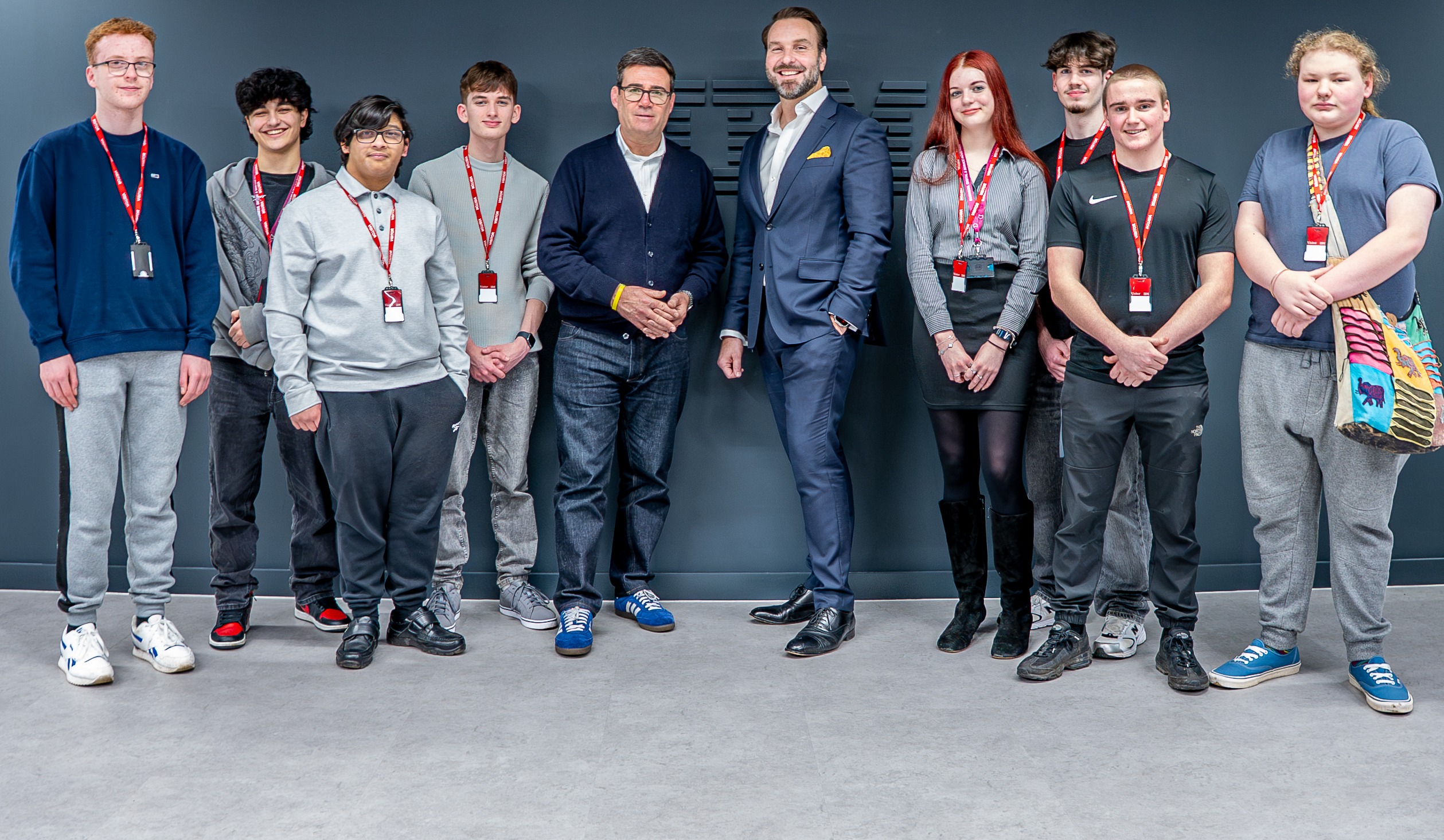
The term ‘Quiet Quitting’ has been coming up a lot recently. But what is it, and how does it affect you?
Quiet quitting doesn’t actually refer to quitting a job. It is quitting the idea of going above and beyond. This might materialise in the form of slowly withdrawing from overworking or disengagement.
Here are some symptoms you might notice in the workplace:
- Not being as dedicated as they were - e.g. coming in late
- Performing only to the minimum set of standards
- Withdrawal from any non-necessary conversations, activities or tasks
- Attendance at meetings but not speaking up or taking action
In some cases, quiet quitting can become a problem, especially when it spreads across a team or an organisation. But it’s important to note that it isn’t a new phenomenon. Quiet quitting has been around for decades.
You might recognise it under a different name:
- Disengagement
- Neglect
- Withdrawal
Why has Quiet Quitting become popular?
Employees feel overworked and underpaid in the wake of the pandemic and amid the rising cost of living. 43% of leaders we surveyed believe that the COL is having a negative impact on employee engagement.
Wage growth may be a large factor in why people don't want to put everything into their careers. In July 2022, the rate of inflation hit 10.1%. In real terms, people are actually earning less money and may be adjusting their efforts to reflect their reward.
Workers are realising they’ve put in a lot more effort than their salary shows. Quiet quitting is often discussed in the context of worker dissatisfaction and burnout and criticisms of the demands on workers.
There may also be age and generational reasons for quiet quitting. The new generation of employees, Gen Z, have been known to prioritise mental health and wellbeing. This comes above all else and can intervene with work life.
Should we all be quiet quitting?
Well, no! But to ensure that employees are happy in both home and personal life, it’s important that they’re engaged in their work and their workplace.
At Space HR, we use a simple model to explore employee engagement this consisting of 4 pillars:
- Connection - companies vision, mission, values and goals
- Leadership - relationships with leaders and managers
- Fulfilment - feeling personally fulfilled in the workplace
- Wellbeing - feeling physically and psychologically safe in the workplace
It’s important that all of these elements are in place, in order to create a happy and inspiring workplace, where employees want to come and deliver their best every day.
With the focus of quiet quitting being to improve mental health, we can get ourselves behind the principle. But it’s important to understand where the line is drawn. Where ‘focusing on wellbeing’ can turn into ‘slacking off’.
The limits of Quiet Quitting
Boundaries are important. When outside your working hours employees have the right to switch off, ignore emails and forget about that deadline that’s almost due.
Taking steps to improve mental health is a great thing to do. But there is a balance to be struck.
As leaders, we need to be more mindful than ever of burn out in the workplace, to ensure that employees don’t disengage and quietly withdraw. On a day to day basis, you might want to consider the following:
- Regular breaks and time away from the workplace
- Talk to people and ask authentically “how are you doing?”
- 1:1s and time spent with and on the individual to check in
- Mental health days
- Flexible working and work-life blend / work-life respect
Is your team withdrawing? Are you worried they might start to quietly quit? At Space HR, we believe in regular, open feedback between teams and leaders. We can help create a feedback culture and provide your teams with a voice in your organisation. We use expert knowledge and technology to gain insight into your team’s engagement & performance.
Use employee engagement surveys to know where the problems are in your organisation. Our data will tell you all you need to know in order to create an action plan that will prevent your team from quietly quitting.
Check out how we can help at www.spacehr.co.uk








